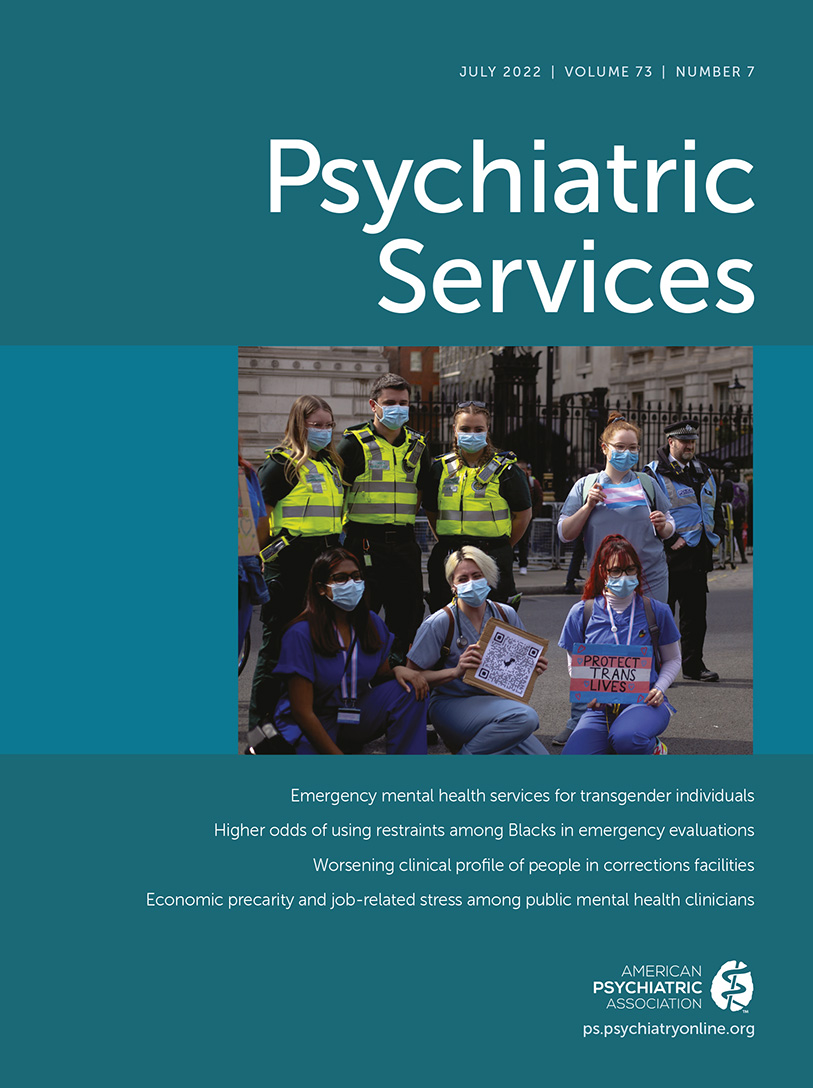Behavioral Health Diagnoses and Health Care Use Before and During the COVID-19 Pandemic
Abstract
Objective:
Emerging evidence has suggested a population-wide worsening of psychiatric symptoms during the COVID-19 pandemic, particularly among individuals with preexisting mental health conditions. The authors investigated whether reported behavioral health problems are being identified and treated.
Methods:
This observational cohort study retrospectively compared Medicaid data of patients from the first year of the pandemic (2020) in the United States (N=1,589,111 patients) with the corresponding data from the year before (2019; N=1,715,872 patients). Outcome measures included several behavioral health diagnoses and health care utilization.
Results:
During the pandemic period examined, the numbers of patients served, adults receiving a new diagnosis of anxiety, and children receiving a new diagnosis of depression all increased. Across all age groups, nonbehavioral health emergency department visits significantly decreased.
Conclusions:
These findings support reports of increases in psychiatric morbidity but do not provide evidence for increased demand for health care services.



